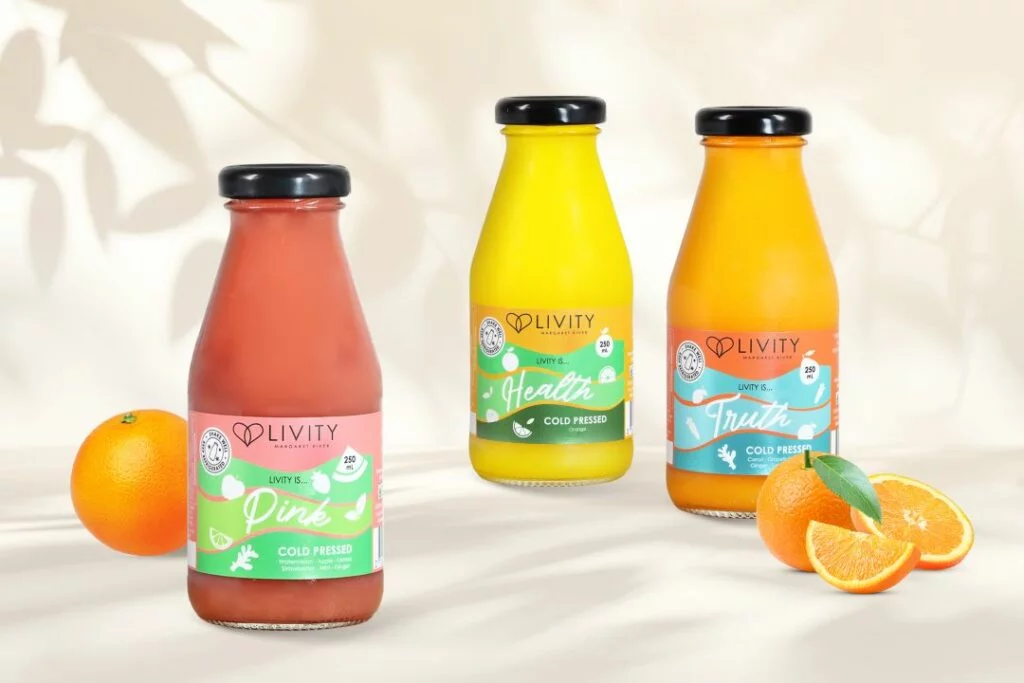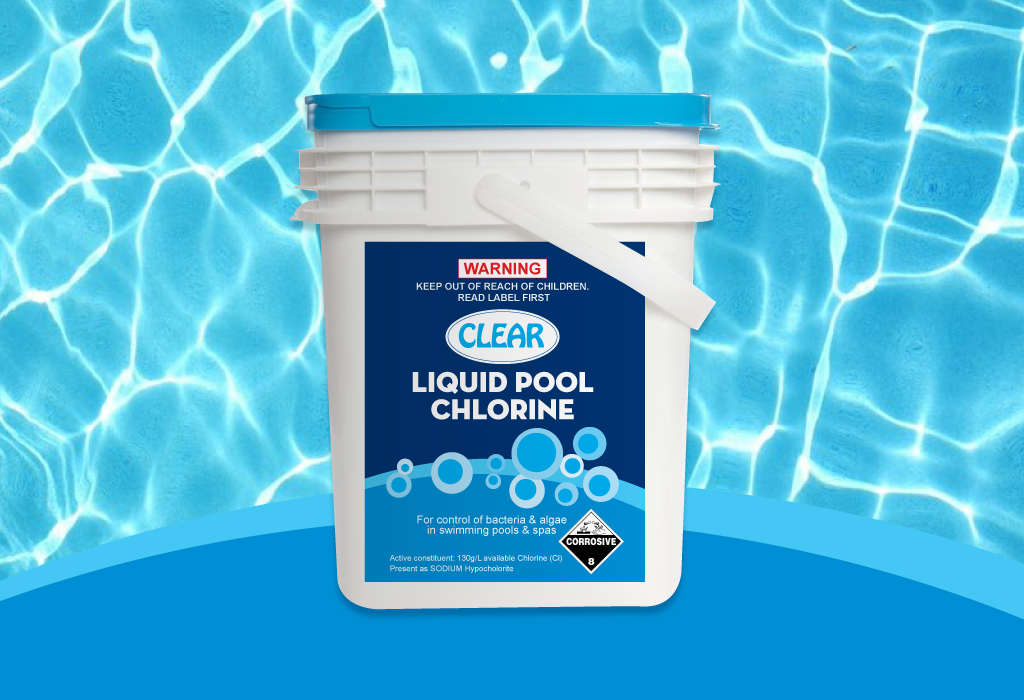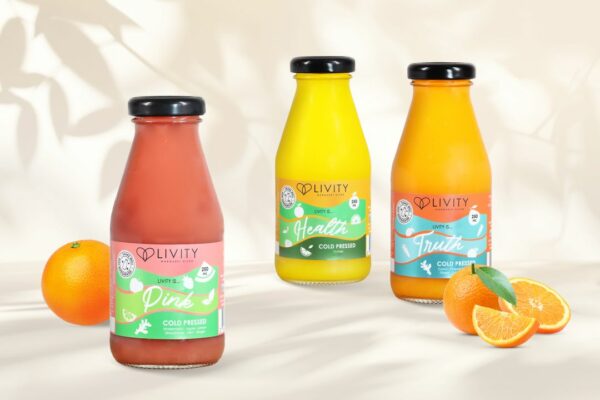Initial adhesion or ‘tack’ during application affects the performance of the label during its lifespan. Poorly applied labels or the wrong choice of adhesive impacts on how your label stands up to it’s intended use.
When deciding on a label adhesive you will need to consider:
- Adhesion – 3 Options: Permanent, Removable or Repositional.
- Formulation – 2 Options: Acrylic or Hotmelt.
Three Options for Adhesion:
1) Permanent adhesives: are designed not to be removed (the most common adhesive)
Can be acrylic or hotmelt formulated.
Options for difficult surfaces (including moist or frozen objects, curved surfaces, even tyres!).
Attempting to remove or reposition labels damages the label.
2) Removable adhesives:
Allow long-term removability from a variety of substrates.
Popular for laboratory applications where no residue is desired.
3) Repositional Adhesives:
Offer short term repositionability (usually within 48 hours).
Used when automatic labelling is difficult due to the shape of the object being labelled.
You can remove and reposition it without noticeable damage to the face stock.
Easy to remove directly after labelling but become permanent over time.
**SPECIAL OPTION: Food Grade Adhesives:
Available for labels that will be applied directly to food products including dry, moist and non-fatty foodstuffs as well as for meat labelling.
Two Options for Formulation:
1) Acrylic adhesives:
All filmic face stocks utilise an acrylic adhesive.
Achieve excellent clarity, UV-stability and water resistance.
Excellent tack and adhesion properties on moist or hot surfaces and are suitable for refrigerated conditions.
2) Hotmelt adhesives:
General multi-purpose adhesive used for heat tolerant substrates, curved or moist substrates and very rough substrates.
Very good adhesion to non-polar surfaces.
Good low temperature performance once labelled. Especially suitable for applications where the initial adhesion and moist surface adhesion offered by dispersion adhesives are not sufficient. Also recommended for use in cold environments, particularly if the application surface is moist or if very high initial adhesion is required.
Limitation: Heat resistance is inferior compared with acrylic adhesive.
**SPECIAL OPTION: Freezer Grade Adhesives:
Generally only required when applying labels to products that are frozen or at very low temperatures (not when applying to a product at room temperature that will be refrigerated or frozen).
Read more: Understanding labels















